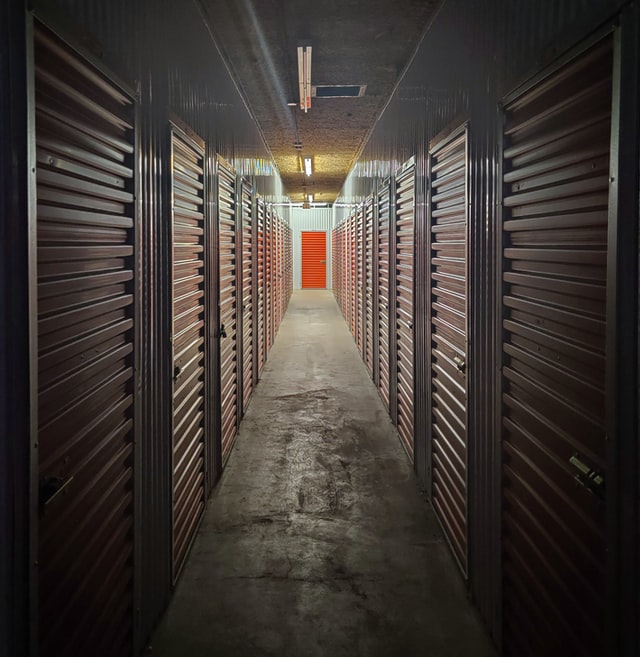Self Storage is an abbreviation of the English terminology "Self-Service Storage" (which is also often referred to as "mini storage"). It refers to a type of service in which storage space (such as mini-warehouses, lockers, containers and the like), also known as "storage units", is rented to tenants, usually on a short-term basis, most commonly for months or years. Self-storage tenants can be both companies and individuals.
The Self-Storage Boom

The self-storage industry started and became very popular, mainly in the United States. However, this has also become popular in other countries. It is a particularly booming service in Australia, experiencing 15% annual growth in recent years.
The most common reasons for using this type of service are growing space requirements for homes that cannot grow at the same pace as their occupants, periods of renovation or moving houses. Often, users start using self-storage for a short period of one week to attend a specific event and then return to this service for more time after learning about its possibilities. Small companies or freelancers are also increasingly using this type of storage to store stock or work tools.
How does self-storage work?
Self-storage facilities rent space on a term basis at the user's convenience. Some facilities sell boxes, locks, and packing supplies to help tenants store their goods. They may also offer truck and vehicle rentals, specialising in transporting furniture and household goods.
The tenant's key and lock protect rented spaces. Unlike a warehouse, employees of self-storage facilities do not have casual access to the area's contents. A self-storage facility does not take possession or control of the contents of the space.
Is there a difference between self-storage and traditional furniture storage?
With the increase in self-storage services, an alternative to the classic storage facilities, which for years have offered space to keep numerous clients' belongings safe, has been created.
Although both services have a lot in common, some differences can help us make the best decision for our needs:
Storage conditions
Storage units provide self-enclosed spaces that often have individual external access and are usually secured by strong steel roll-up doors. They are typically geared more towards storing items needed on a seasonal basis or not very often. On the other hand, the furniture storage service tends to be more oriented towards preserving our furniture safely and securely for as long as necessary.
Additional climate control systems can be added to many self-storage facilities. Although self-storage spaces are generally located in areas well conditioned for conserving the stored items, if any additional conditions are required, it will have to be the user's initiative to implement them.
Storage tank
The most significant benefit of using a furniture storage service occurs when our belongings do not fit the space and size of a self-storage unit. Most self-storage facilities have ceilings and spaces wide enough to safely and efficiently store odd-shaped items.
Self-storage security
When it comes to security, every facility can be different. However, for individual property security, self-storage units typically have cameras and solid entry doors that cannot be opened without someone noticing. Self-storage facilities usually have security and cameras, so access is controlled, and stored items are inventoried and packed. The decision to use self-storage or a furniture storage service will often depend on how we plan to use or access those items once they are in storage.
On the other hand, estimating payment also involves some differences between self-storage units and furniture storage. For example, while in a self-storage unit, you pay for a certain number of metres and for the time chosen; in conventional furniture storage, the number and volume of your belongings decide the service's cost and the days of storage.
from
https://derekrusestorage.blogspot.com/
Comments
Post a Comment